Reformat External Hard Drive for Mac: Ultimate Guide in 2024
You just got a new external hard drive and want to use it on your Mac. However, the Mac OS does not allow you to write data to the drive. Then you may start to wonder why, and more importantly, how to solve the problem.
The truth is, if you want to use the external hard drive on your Mac, it's necessary to reformat it to make it compatible with the Mac OS. Follow the tutorial below, you'll learn everything concerning reformatting external hard drive on Mac, as well as how to recover data from formatted external hard drive.
Part 1: Which File Format You Should Choose?
Before you begin formatting the drive, there are a few things to do. The most important, you should decide which format to use.
There are a few file formats you can use, but it depends on the purpose you want to use the drive for. Which one is right for your circumstance? We'll describe them here, and you'll be able to make your choice after reading the details.
APFS: This is the default file system in Macs with High Sierra. It is efficient and reliable. However, it won't be readable and usable on machines that are not running Mac High Sierra, Windows or Linux PCs. What's more, it is compatible with SSD and flash storage devices only.
Mac OS Extended (Journaled/HFS+): If you didn't update your Mac OS to High Sierra, the default file system on your Mac shoule be Mac OS Extended. Mac OS Extended (encrypted) would be an ideal option if you probably carry your laptop or external drive here and there. You can encrypt it so that no one can access the contents on your drive.
MS-DOS FAT (aka FAT32): In addition to Mac, it can also be written and read by Linux and Windows. It enables you to regularly share files with your friends. Nevertheless, this older file system is limited to no more than 4GB and there might be security issue and disk errors.
ExFAT: It is similar to ExFAT which can be read by both Windows and Mac, but it can store more than 4GB files.
NTFS: As the default file system in Windows, it can only read by Mac OS and writing to it is not available. Luckily, there are third-party tools to help you do so.
Part 2: Format External Hard Drive for Mac with Disk Utility
Reformatting an external hard drive for use with Mac OS is not as difficult as it might seem. In a few simple steps you are ready to go and can save your back-up files to the external drive, keeping your information safe and giving you peace of mind. Keep in mind that Mac OS can generally read other file formats, but for the best performance and to create a bootable disk, formatting exclusively for your Mac based on its version is required.
Formatting an external hard drive would erase everything on it. Hence, you must backup your important files before reformatting the drive if you want to save them. The easiest way is to drag it from one drive to another.
All is set, then you can go ahead to format the drive on your Mac. Disk utility - the MacOS utility application can help you with this. Just follow these steps below:
Step 1. Connect the external drive or the USB drive to the Mac.
Step 2. Start the Disk Utility, which is located under Applications > Utilities.
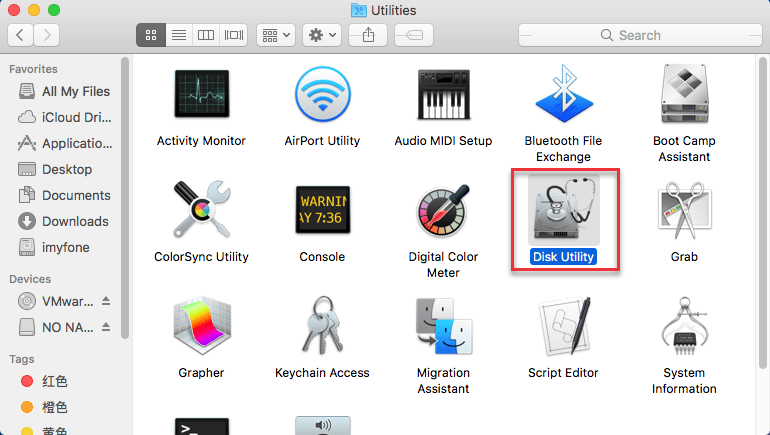
Step 3. Find the name of the drive in the left side of the Utilities window and select it. And click the Erase button.
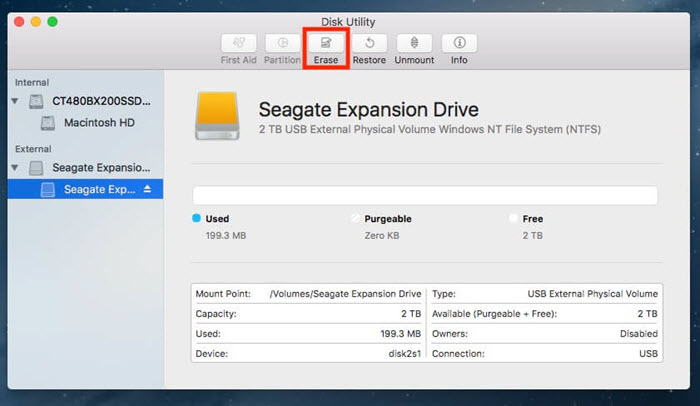
Step 4. Follow on-screen prompts to choose Mac OS Extended (Journaled) file system and allow the disk to format.
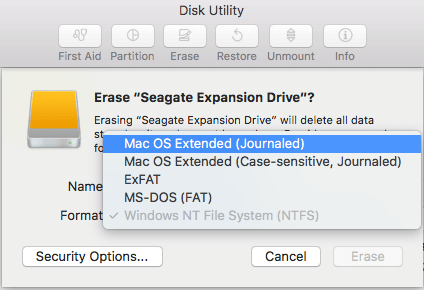
Bonus: How to Recover Data from Formatted External Hard Drive on Mac
In case you forgot to backup files before reformatting the external drive, you would lose you data stored on the drive before. But don't worry and get into panic. Here comes the cure - AnyRecover - a one-stop solution to recover deleted, lost or formatted files from Mac.
AnyRecover Key features include:
- AnyRecover is utterly developed to recover over 1000 types of file: photos, videos, documents, emails, etc.
- Capable of handling any data loss issues: emptied trash, accidentally deletion, partition error, system crash, formatted device, etc.
- Support data recovery from any storage device: hard drives, USB flash drives, SD cards, SSDs, cameras, etc.
- Success rate as high as 98% and simple steps.
- Recover all the data in its original form without overwriting it.
- Compatible with various Windows and Mac OS.
- Free trial helps users recover 8 files without size limitation.
Follow these simple steps using AnyRecover to get your files back!
Step 1. First, download and install AnyRecover. Plug the external hard drive into your Mac directly or via USB.
Step 2. Next select the drive under "External Removable Devices" tab, click "Start" to begin scanning lost files on the drive.
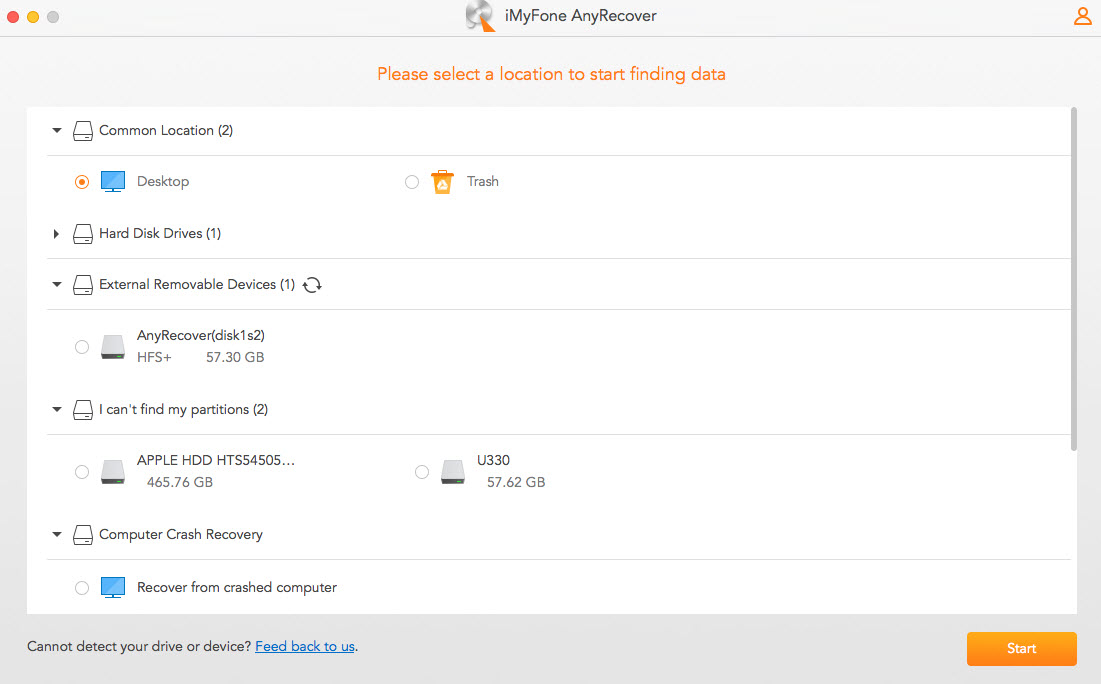
Step 3. AnyRecover will take a moment to scan your drive. Once done, it will list out all the scanned results by file type.
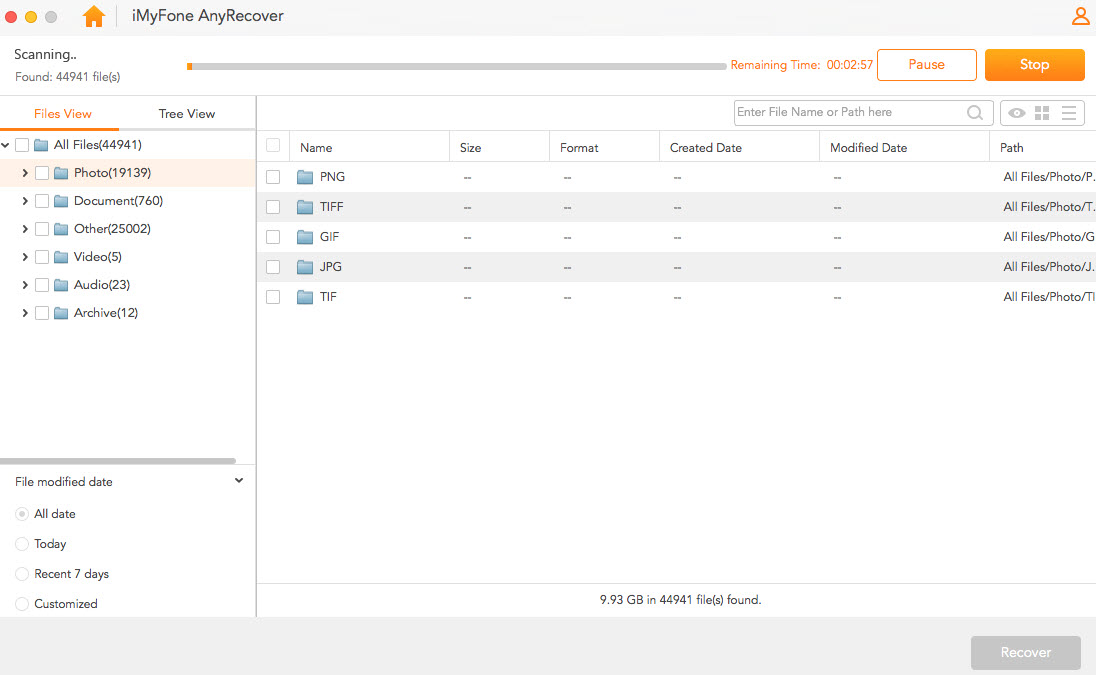
Step 4. Double click a single file to preview it before recovery. Select the files and press "Recover" to get them back.
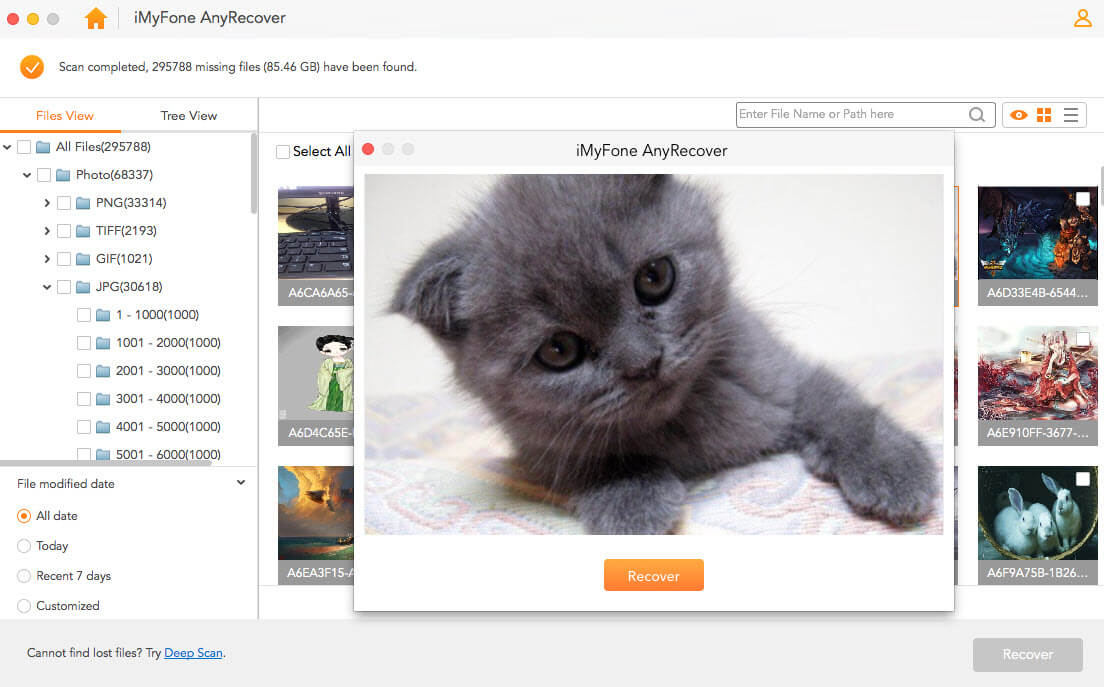
Conclusion
In this post, we've talked about how to reformat external hard drive on Mac to meet the needs and better make use of the device. What's more, a perfect fix is provided to recover lost data from the formatted drive.
Based on what's been discussed above, it's quite clear that AnyRecover for Mac is a tool worthy of top-shelf treatment in your collection of utility items. For the purpose of finding and recovering your lost files, AnyRecover is easy to use but will work out well.
Time Limited Offer
for All Products
Not valid with other discount *

 Hard Drive Recovery
Hard Drive Recovery
 Deleted Files Recovery
Deleted Files Recovery
